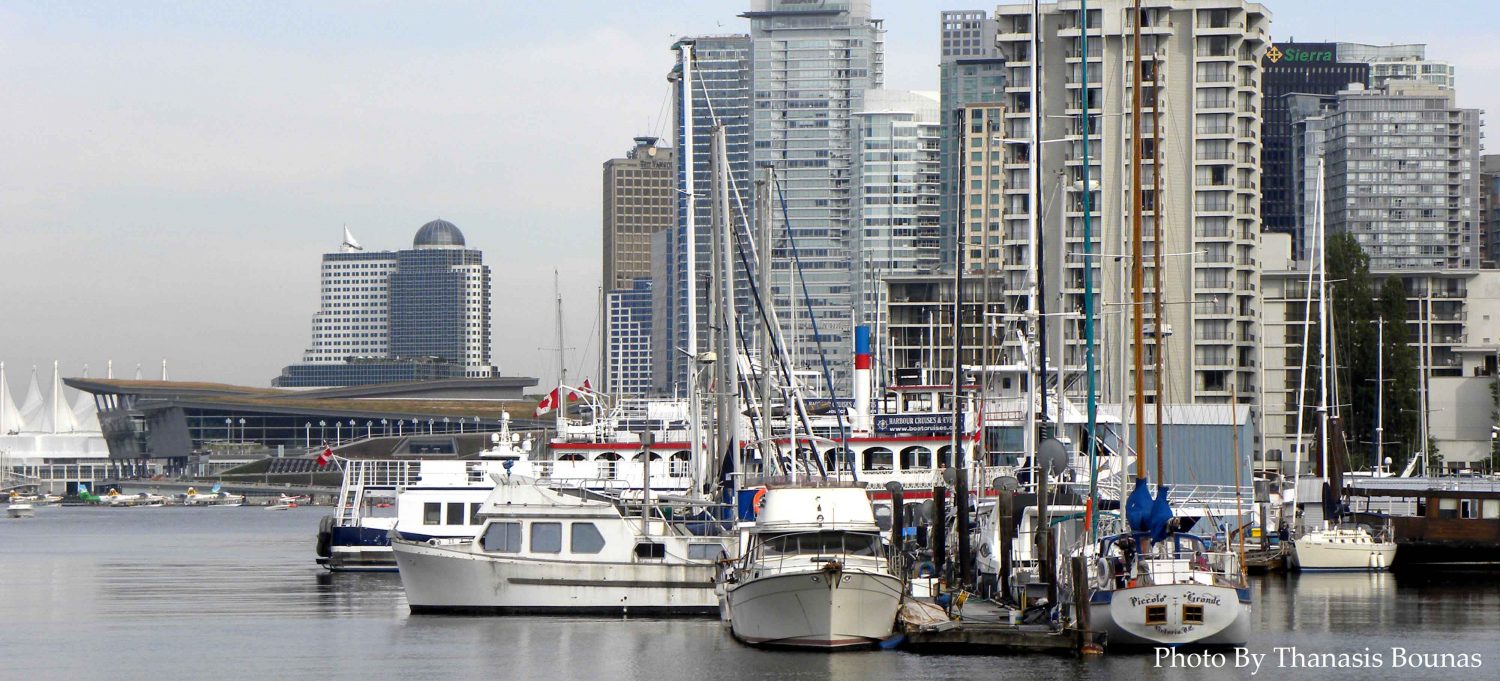
When Machines Served People
In the mid-20th century, Canada’s motoring history wasn’t defined only by sleek cars or open highways — it was built on service and spirit.
Tow trucks and ambulances became quiet heroes of the road, embodying the reliability and compassion of their drivers.
They worked through snowstorms, mountain passes, and city streets, turning every call into a mission of purpose.
These were vehicles that carried more than weight — they carried hope.

The Tow Truck: A Symbol of Resilience
The tow truck was the steadfast companion of Canada’s evolving roads.
From rural breakdowns to icy accidents, these “workhorses with heart” kept the country moving.
Built with heavy steel frames and operated by men and women who knew every bolt by touch, they reflected a nation’s practicality and perseverance.
Each rescue told a story — not of power, but of persistence.

The Ambulance: Motion with Compassion
Equally vital were Canada’s early ambulances, part machine, part mercy.
From the post-war years onward, they represented progress in public health and humanity on wheels.
Driven by paramedics and volunteers, they connected distant communities with life-saving care.
In Canada’s motoring history, they stand as moving testaments to empathy and innovation.

The Golden Motoring Age
The 1950s and ’60s marked the height of Canada’s automotive craftsmanship.
Factories produced vehicles that were as beautiful as they were durable.
Chrome, paint, and precision merged with heart and human touch.
Even utility vehicles — tow trucks, fire engines, ambulances — carried an artistry that spoke of national pride.

In Summary
Workhorses with Heart: Tow Trucks and Ambulances in Canada’s Golden Motoring Age celebrates the soulful machines that defined Canada motoring history — built to endure, driven to serve.
They remind us that progress isn’t only about speed or style, but about the compassion that fuels every journey.
To remember them is to honor the spirit of Canada itself — strong, kind, and always ready to help.

Be the first to comment